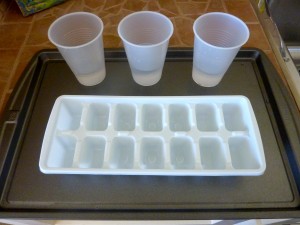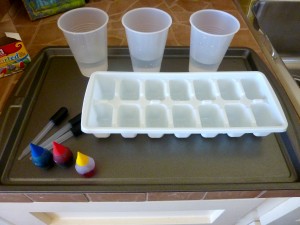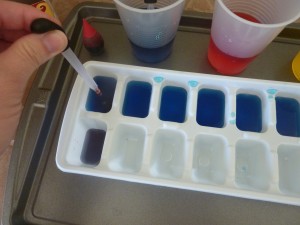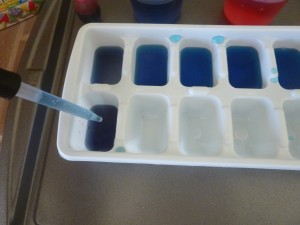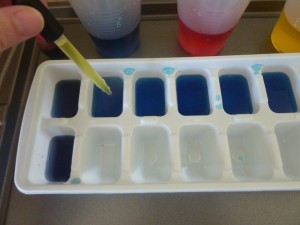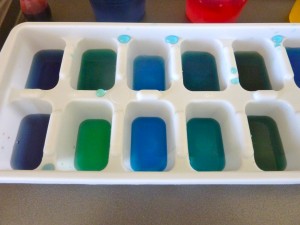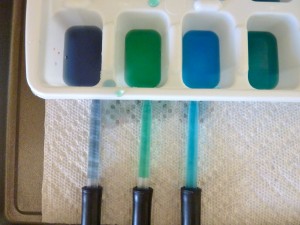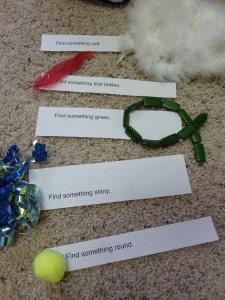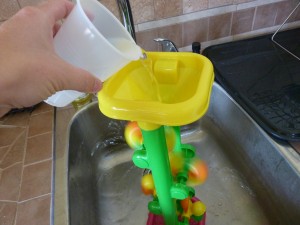This station activity is perfect for a farm-themed My Obstacle Course. All you need are some colored puffs (yellow works great for baby chicks) and some tweezers or ice tongs. I had some brown shredded paper that I placed into a baking pan because I thought it would help in pretending that they were still in their nest. I also had a picture of a hen from a Mailbox Teacher Magazine but you could draw your own (you would laugh if you saw what mine would look like) or simply print one from of the internet.
My Obstacle Course Station Activity: Help The Baby Chicks Get Back With Their Mom
This activity is simple. Have your child use the tweezers to get the baby chicks (one at a time) back to their mom. Since I am always looking for ways to build pretend play, I suggest adding some pretend play dialogue, such as “Oh no! The chicks are still sleeping in their nest and their mom is looking for them. Can you help them get back with their mother?”
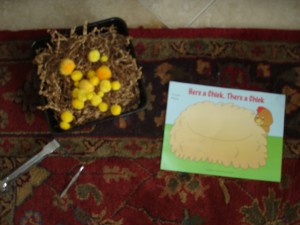
Using the tweezers or tongs helps to build hand muscles necessary for handwriting and even eating with utensils. Here is a past post that I did on tweezers.
Engage, Encourage and Empower!
